The ultimate expression of Ferrari's fabulous line of V12 front-engined sports cars, the 365GTB/4 debuted at the Paris Salon in 1968, soon gaining the unofficial name 'Daytona' in honour of the sweeping 1-2-3 finish by the Ferrari at that circuit in 1967. The influential shark-nosed styling was by Pininfarina's Leonardo Fioravanti, later the famed carrozziere's director of research and development, who later revealed that the Daytona was his favourite among the many Ferraris he designed. The bonnet, extending for almost half the car's total length, was complimented by a small cabin and short tail; the overall effect suggesting muscular horsepower while retaining all the elegance associated with the Italian coachbuilder's work for Maranello. An unusual feature of the show car was a full-width transparent grille panel behind which sat the headlamps, though this was replaced by electrically-operated pop-up lights to meet US requirements soon after the start of production in the second half of 1969. Although the prototype had been styled and built by Pininfarina in Turin, manufacture of the production version was entrusted to Ferrari's subsidiary Scaglietti, in Modena. The Daytona's all-alloy, four-cam, V12 engine displaced 4,390cc and produced its maximum output of 352bhp at 7,500rpm, with 318lb/ft of torque available at 5,500 revs. Dry-sump lubrication enabled it to be installed low in the oval-tube chassis, while shifting the gearbox to the rear in the form of a five-speed transaxle meant 50/50 weight distribution could be achieved. The all-independent wishbone and coil-spring suspension was a recent development, having originated in the preceding 275GTB. Unlike the contemporary 365GTC/4, the Daytona was not available with power steering, a feature then deemed inappropriate for a 'real' sportscar. There was, however, servo assistance for the four-wheel ventilated disc brakes. Air conditioning was optional, but elsewhere the Daytona remained uncompromisingly focussed on delivering nothing less than superlative high performance. With a top speed in excess of 170mph, the Daytona was the world's fastest production car in its day, and surely is destined to occupy the front rank of high-performance sportscars for the foreseeable future. A mere 1,300 Berlinetta models and 123 Spyder convertibles had been made when Daytona production ceased in 1973. This left-hand drive Daytona comes with bills from Manfred Irber (1984) and Zender Exklusiv Auto (1984) as well as TüV records for 1982 and 1984 and information relating to its former ownership in Belgium. Finished in rosso corsa with black interior, the car is offered with German Fahrzeugbrief. The odometer shows 76,087 kilometres and we are advised that the engine is in running condition. Cette Daytona à conduite à gauche est accompagnée de factures de Manfred Irber (1984) et de Zender Exklusiv Auto (1984) ainsi que des rapports techniques du TüV de 1982 et 1984 et des informations relatives à son propriétaire précédent en Belgique. Peinte en rosso corsa avec intérieur noir, la voiture est offerte avec son Fahrzeugbrief en allemand. Le compteur affiche 76 087 km et nous savons que le moteur est en état de fonctionnement.
The ultimate expression of Ferrari's fabulous line of V12 front-engined sports cars, the 365GTB/4 debuted at the Paris Salon in 1968, soon gaining the unofficial name 'Daytona' in honour of the sweeping 1-2-3 finish by the Ferrari at that circuit in 1967. The influential shark-nosed styling was by Pininfarina's Leonardo Fioravanti, later the famed carrozziere's director of research and development, who later revealed that the Daytona was his favourite among the many Ferraris he designed. The bonnet, extending for almost half the car's total length, was complimented by a small cabin and short tail; the overall effect suggesting muscular horsepower while retaining all the elegance associated with the Italian coachbuilder's work for Maranello. An unusual feature of the show car was a full-width transparent grille panel behind which sat the headlamps, though this was replaced by electrically-operated pop-up lights to meet US requirements soon after the start of production in the second half of 1969. Although the prototype had been styled and built by Pininfarina in Turin, manufacture of the production version was entrusted to Ferrari's subsidiary Scaglietti, in Modena. The Daytona's all-alloy, four-cam, V12 engine displaced 4,390cc and produced its maximum output of 352bhp at 7,500rpm, with 318lb/ft of torque available at 5,500 revs. Dry-sump lubrication enabled it to be installed low in the oval-tube chassis, while shifting the gearbox to the rear in the form of a five-speed transaxle meant 50/50 weight distribution could be achieved. The all-independent wishbone and coil-spring suspension was a recent development, having originated in the preceding 275GTB. Unlike the contemporary 365GTC/4, the Daytona was not available with power steering, a feature then deemed inappropriate for a 'real' sportscar. There was, however, servo assistance for the four-wheel ventilated disc brakes. Air conditioning was optional, but elsewhere the Daytona remained uncompromisingly focussed on delivering nothing less than superlative high performance. With a top speed in excess of 170mph, the Daytona was the world's fastest production car in its day, and surely is destined to occupy the front rank of high-performance sportscars for the foreseeable future. A mere 1,300 Berlinetta models and 123 Spyder convertibles had been made when Daytona production ceased in 1973. This left-hand drive Daytona comes with bills from Manfred Irber (1984) and Zender Exklusiv Auto (1984) as well as TüV records for 1982 and 1984 and information relating to its former ownership in Belgium. Finished in rosso corsa with black interior, the car is offered with German Fahrzeugbrief. The odometer shows 76,087 kilometres and we are advised that the engine is in running condition. Cette Daytona à conduite à gauche est accompagnée de factures de Manfred Irber (1984) et de Zender Exklusiv Auto (1984) ainsi que des rapports techniques du TüV de 1982 et 1984 et des informations relatives à son propriétaire précédent en Belgique. Peinte en rosso corsa avec intérieur noir, la voiture est offerte avec son Fahrzeugbrief en allemand. Le compteur affiche 76 087 km et nous savons que le moteur est en état de fonctionnement.
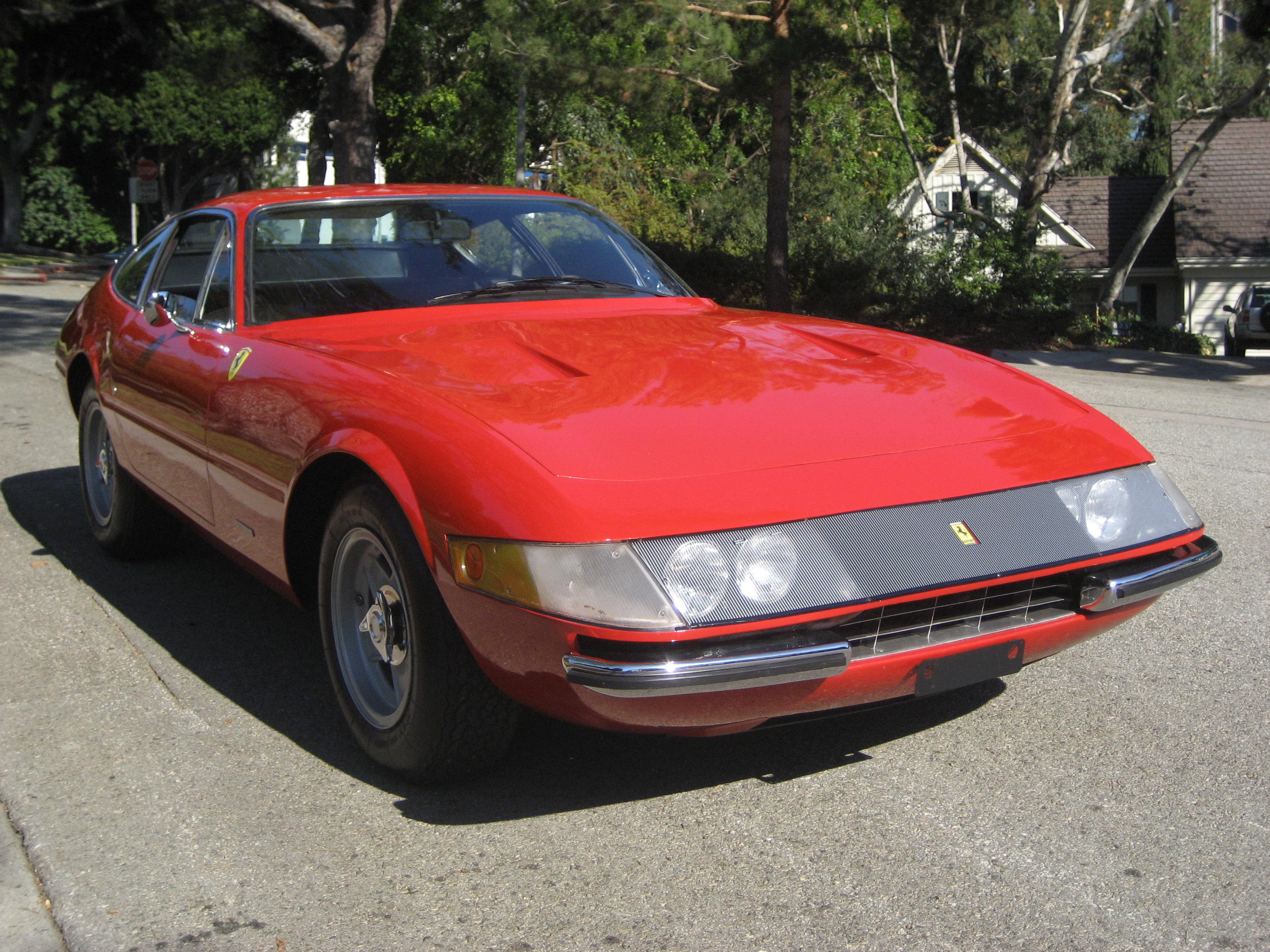

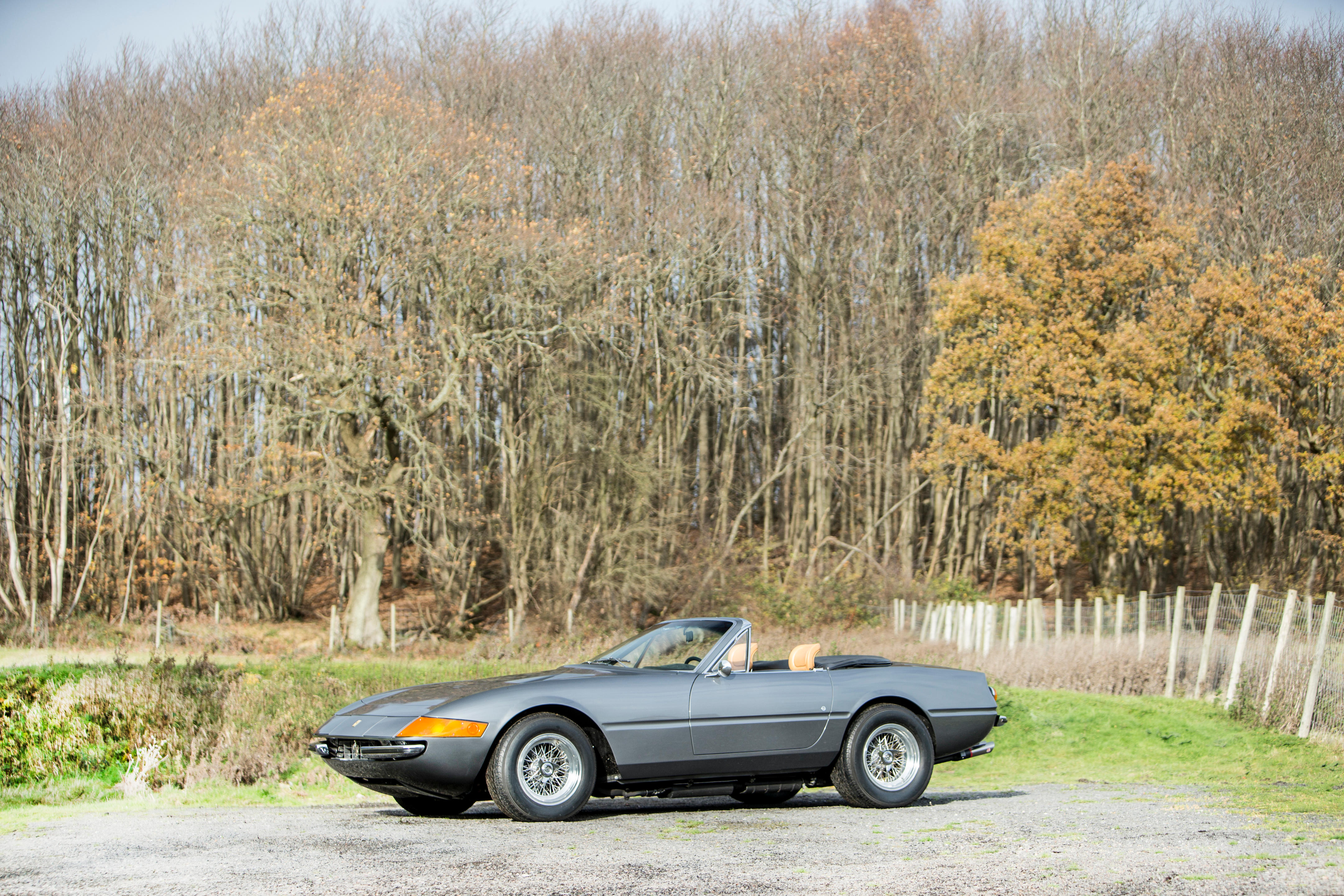



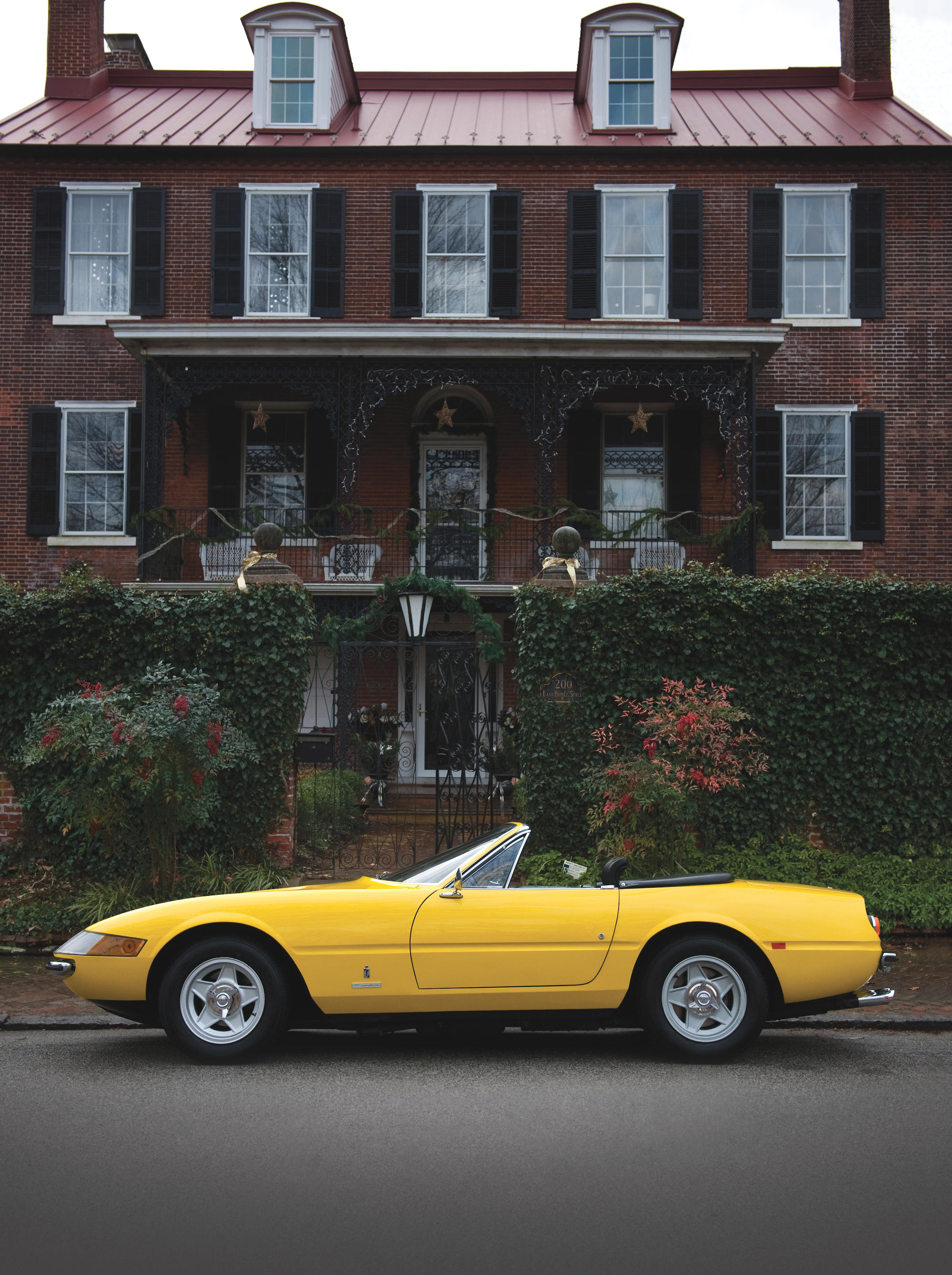

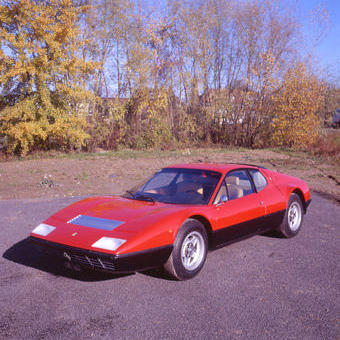
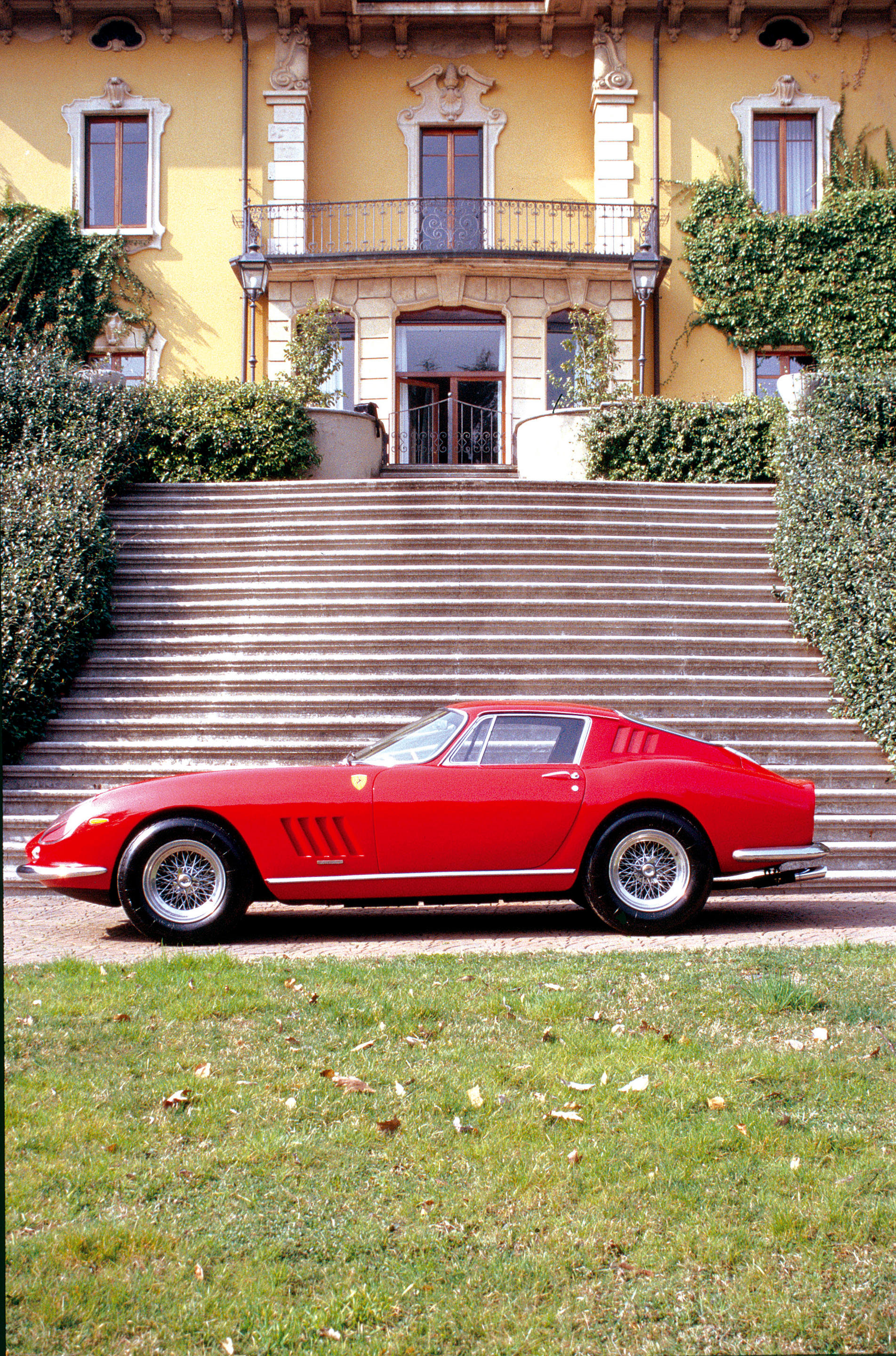

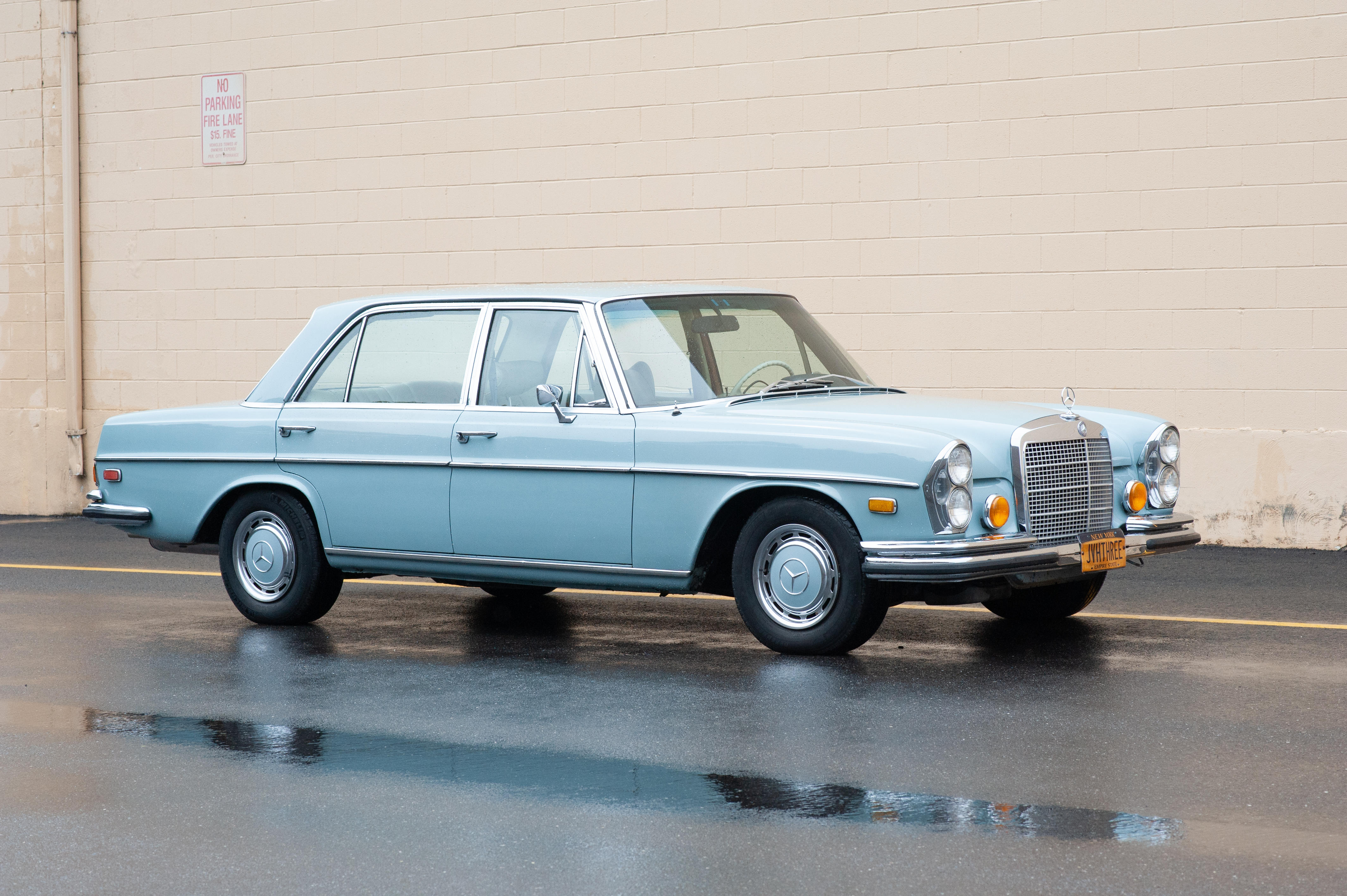
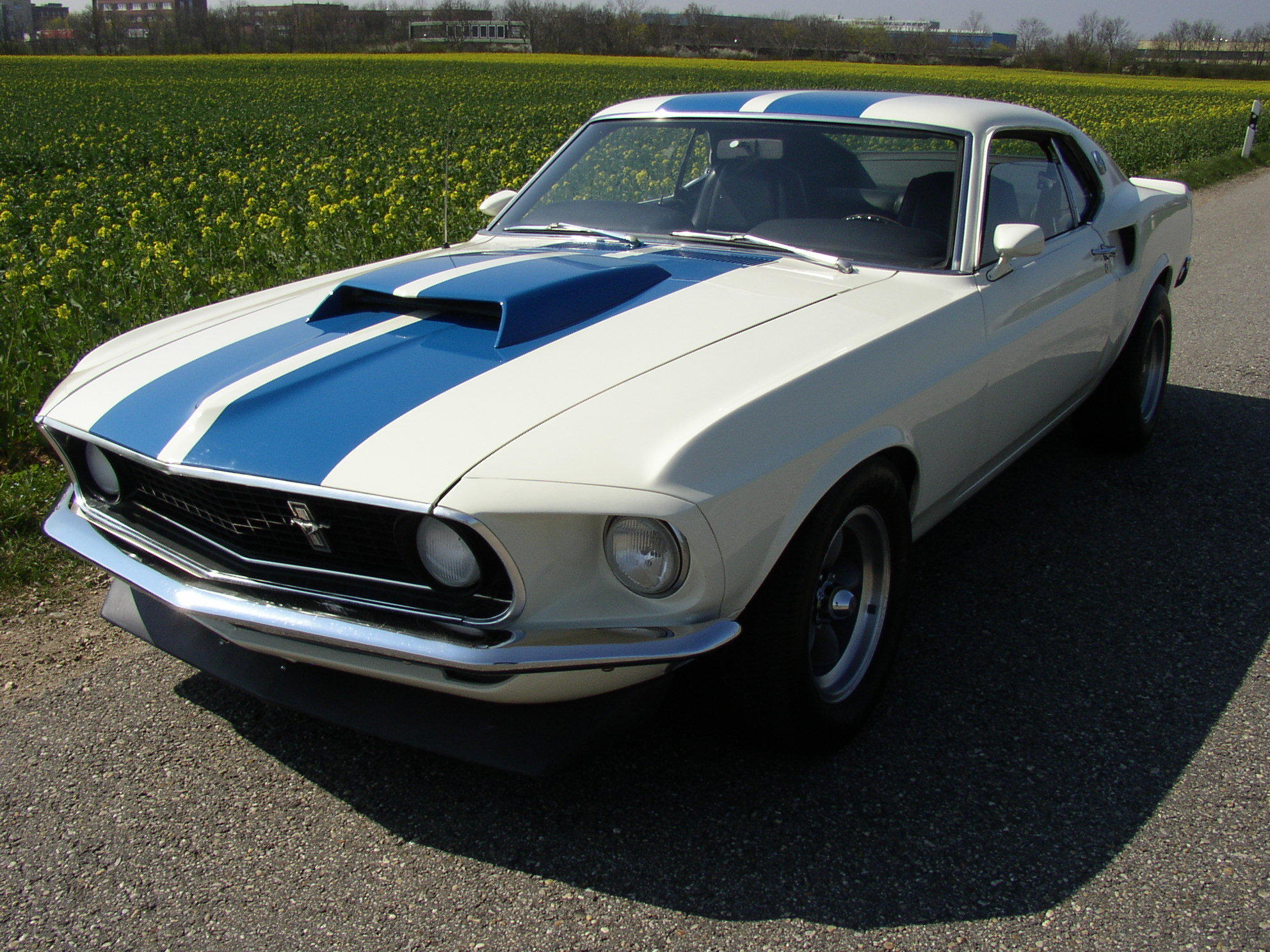
Testen Sie LotSearch und seine Premium-Features 7 Tage - ohne Kosten!
Lassen Sie sich automatisch über neue Objekte in kommenden Auktionen benachrichtigen.
Suchauftrag anlegen